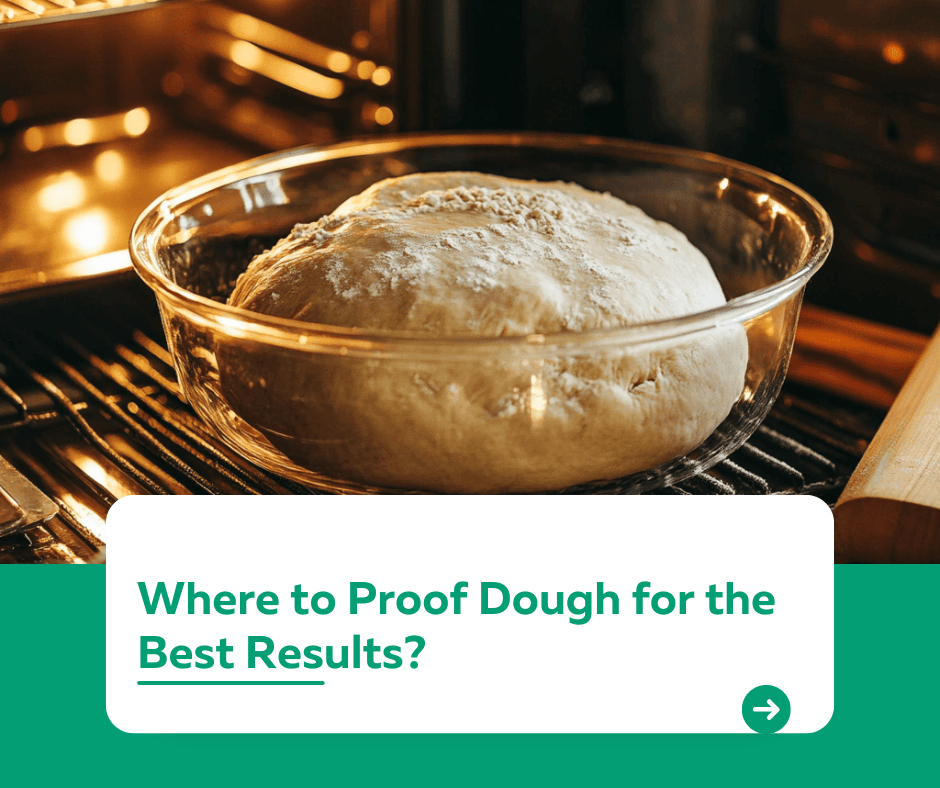
Introduction
“Where should I proof my dough?”
Proofing dough in the right environment is essential for perfect bread. Temperature, humidity, and airflow all affect how your dough rises. Whether you have a professional proofing box or are proofing at home, this guide will help you find the best place to let your dough rise for ideal results.
1. Why the Right Proofing Environment Matters
Dough needs consistent warmth and moisture to rise properly.
- Too Cold: Yeast activity slows down, and the dough takes much longer to rise.
- Too Hot: Excessive heat can kill yeast, preventing the dough from rising.
- Dry Air: Causes the surface of the dough to dry out and form a crust.
Ideal Conditions: A warm, humid environment with a temperature of 75–85°F.
2. Where to Proof Dough at Home
You don’t need fancy equipment to proof dough successfully. Here are common places that work well:
1️⃣ Kitchen Countertop
- Place the dough in a bowl, cover it with a damp towel or plastic wrap, and leave it on your kitchen counter.
- Works best in warm kitchens without drafts.
2️⃣ Oven (Proofing Mode)
- Some modern ovens have a proofing setting that maintains the perfect temperature.
- If your oven doesn’t have this, preheat it for a minute, turn it off, and place the dough inside with a bowl of warm water for added humidity.
3️⃣ Microwave
- Place a cup of hot water in the microwave to create a warm, moist environment. Then, put the covered dough bowl inside and close the door (don’t turn the microwave on).
4️⃣ Refrigerator (Cold Fermentation)
- Proofing in the fridge slows down yeast activity, allowing flavors to develop over time.
- Great for artisan bread recipes.
5️⃣ Near a Heat Source
- Place the dough near a radiator, heating vent, or sunny window (not in direct sunlight) for gentle warmth.
3. Using a Proofing Box
A proofing box is a professional tool designed for perfect proofing conditions.
- Advantages:
- Maintains consistent temperature and humidity.
- Speeds up the proofing process.
- Tip: If you bake frequently, investing in a proofing box can save time and ensure consistent results.
4. Common Mistakes When Proofing Dough
- Drafty Areas: Avoid proofing near windows or vents, where airflow can cool the dough and dry out the surface.
- Overheating: Using an oven that’s too hot can kill the yeast. Always monitor the temperature carefully.
- Skipping Coverage: Not covering the dough leads to a dry crust that affects the final texture.
Conclusion
Knowing where to proof dough is key to achieving light, airy bread with great flavor. From kitchen countertops to professional proofing boxes, the right environment ensures consistent results. Experiment with different locations to find what works best for you, and enjoy the magic of perfectly risen dough.
For more baking tips and techniques, visit our Kuestion.com.